
Analyze Faster
Quickly get the insight you need to make more informed treatment decisions
- Get accurate insight in ~ 4 minutes1
- Reduce steps and risk by eliminating drug stimulation and invasive pressure wires
- Simplify operator experience with an intuitive user interface
- Analyze angiograms quickly with advanced artificial intelligence
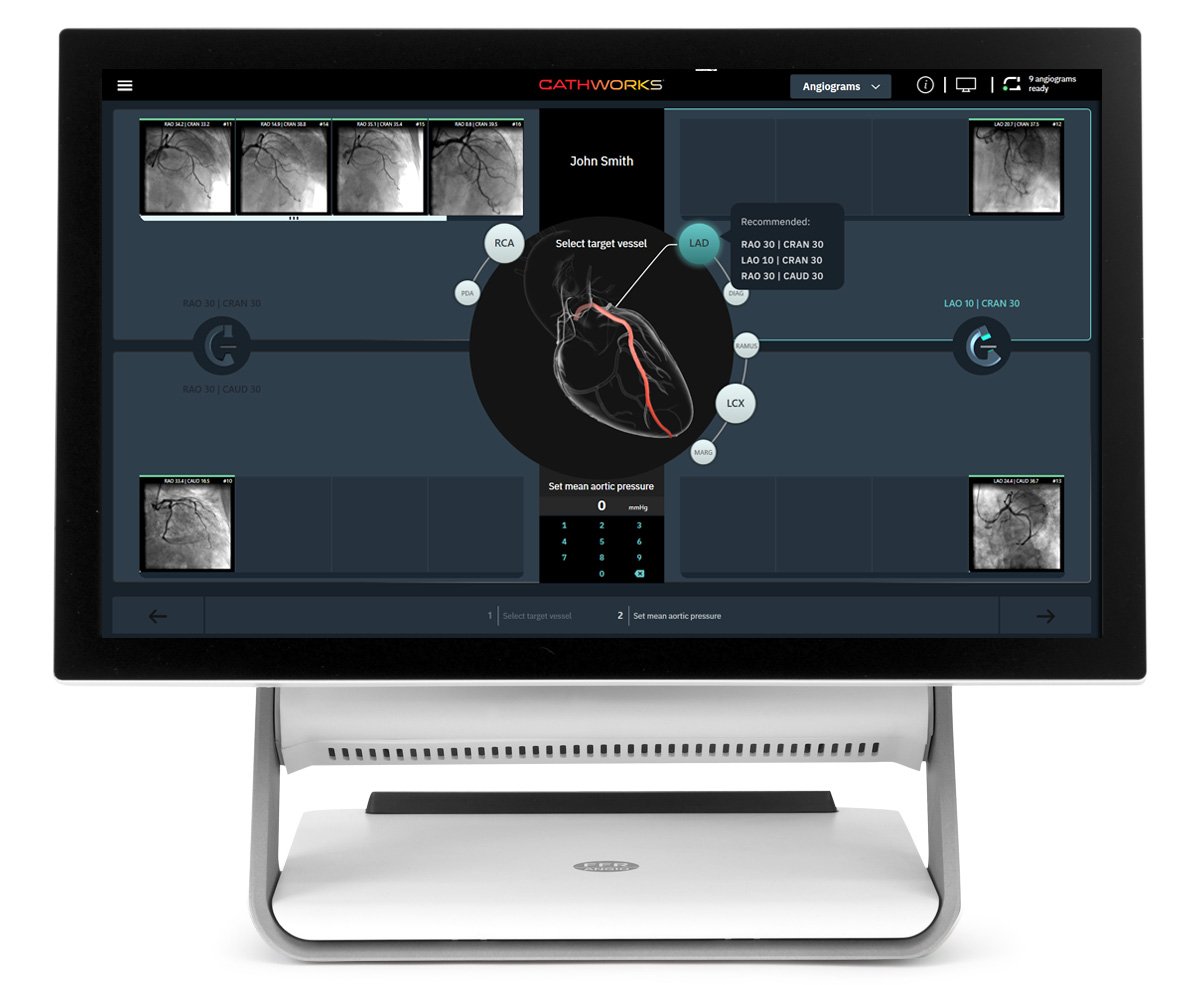
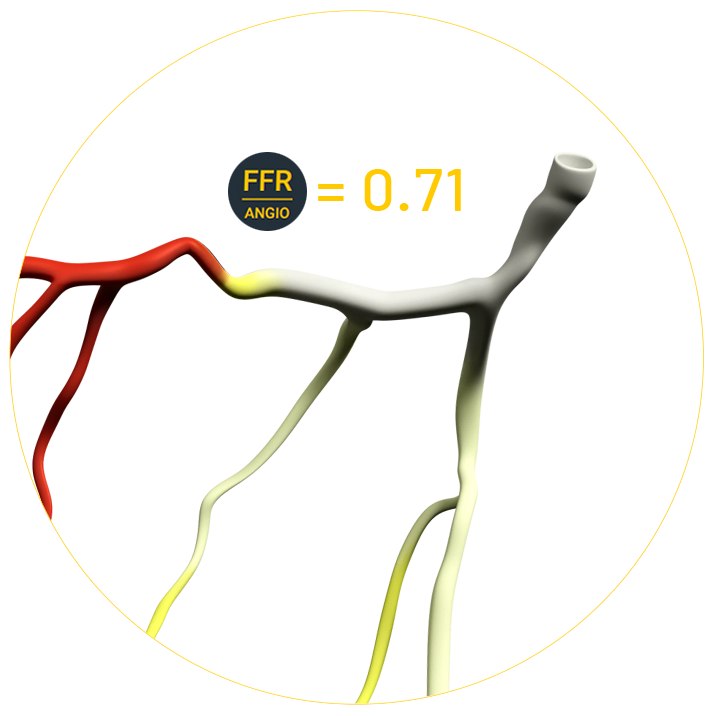
Decide Smarter
Gain a more comprehensive picture of your patient’s physiology
- Get real-time FFRangio values at every point of the vessel for the entire coronary tree
- Differentiate diffuse from focal disease
- Target the most important segments with the simulated pullback curve
Treat Confidently
Be confident that you’re making the best decisions for your patients
- Experience excellent diagnostic performance compared to invasive, wire-based FFR2
- Quickly estimate lesion lengths and vessel diameters with the interactive sizing tool
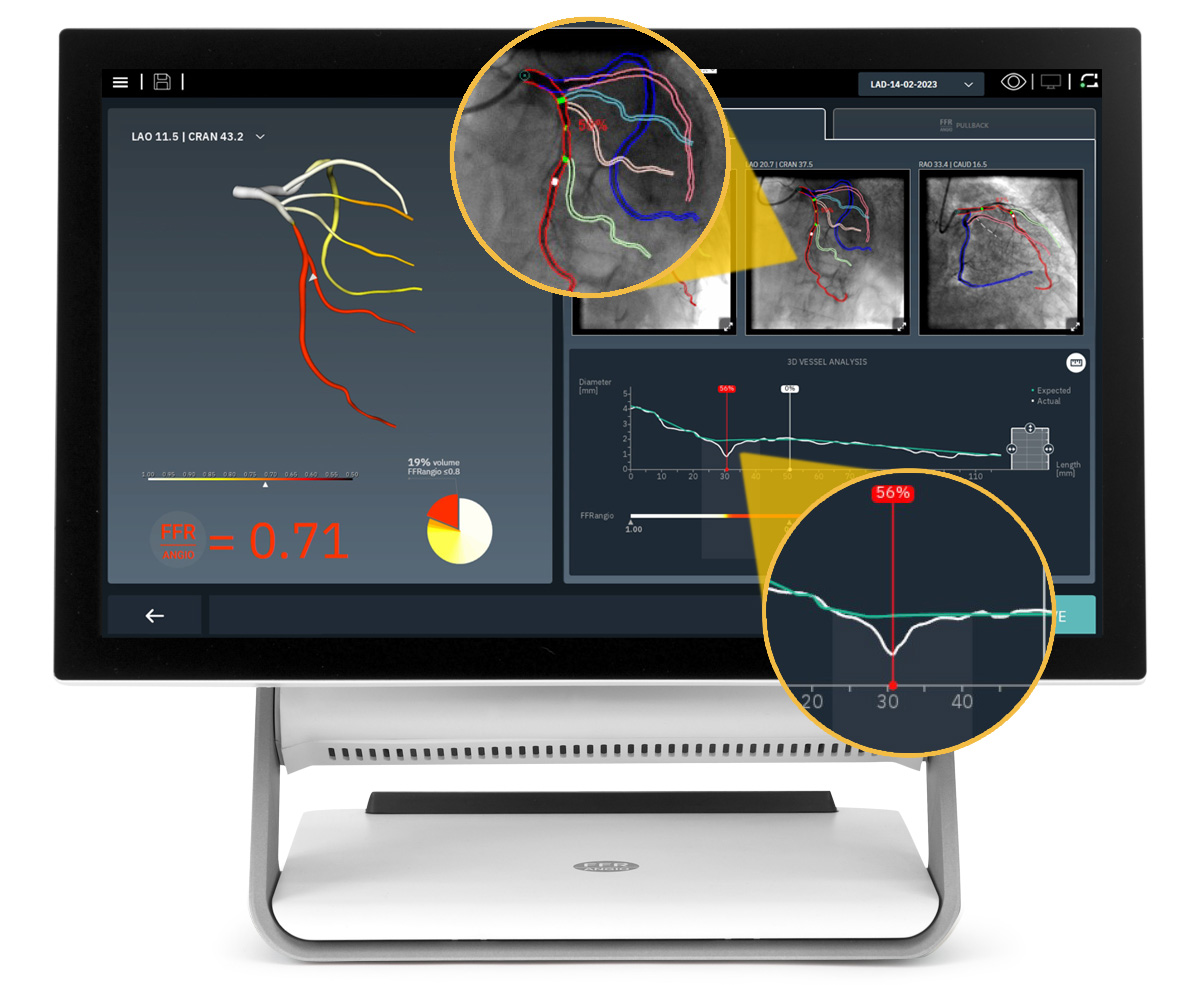
CRT 2022:
Watch a live case
Performed by the team from Ascension St. John Hospital.
See How the FFRangio System Works

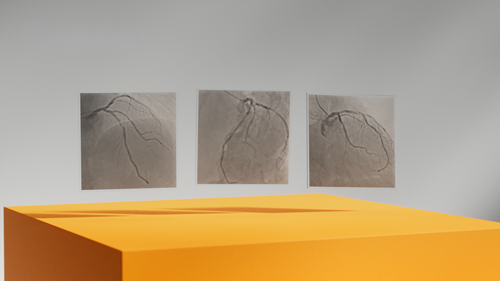
Begins with routine
2D angiograms
The FFRangio System analysis begins with three angiograms, 30° apart, that best demonstrate the coronary anatomy.


Transforms the angiograms into a
3D model
The system generates an accurate 3D volumetric model of the coronary tree.

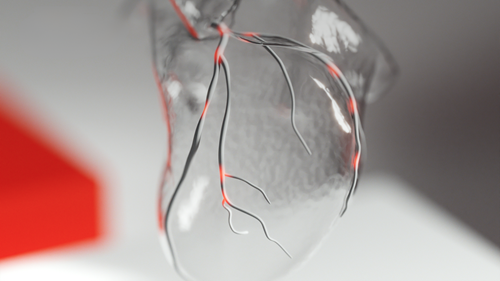
Analyzes and calculates
Using an advanced algorithm, the system analyzes every branch and bifurcation, then calculates resistance to blood flow along each segment of the coronary tree based on diameter and length.

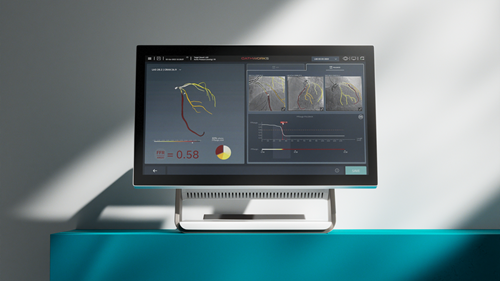
Returns comprehensive physiology values
The system compares resistance to blood flow in diseased versus healthy vessels and provides the FFRangio System values at every point along the coronary tree.
Find out more
1. Omori H, Witberg G, Kawase Y, et al. Angiogram based fractional flow reserve in patients with dual/triple vessel coronary artery disease. Int J Cardiol.2019;283:17-22.
2. Witberg G, De Bruyne B, Fearon WF, et al. Diagnostic performance of angiogram-derived fractional flow reserve: A pooled analysis of 5 prospective cohort studies. J Am Coll Cardiol Intv.2020;13(4):488-97.

